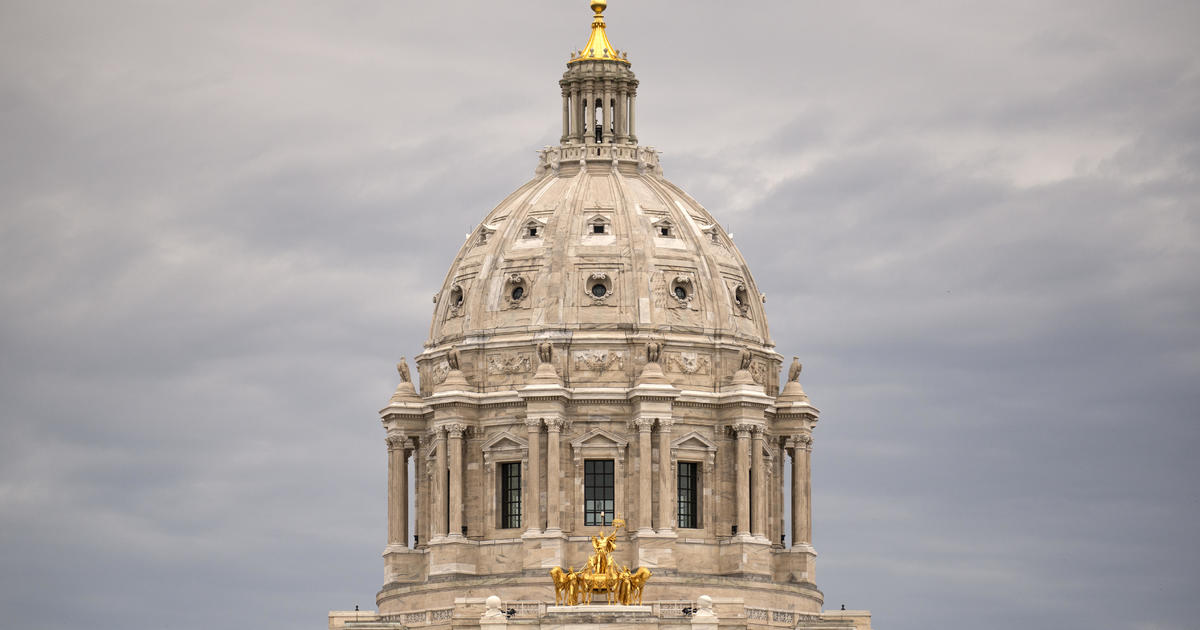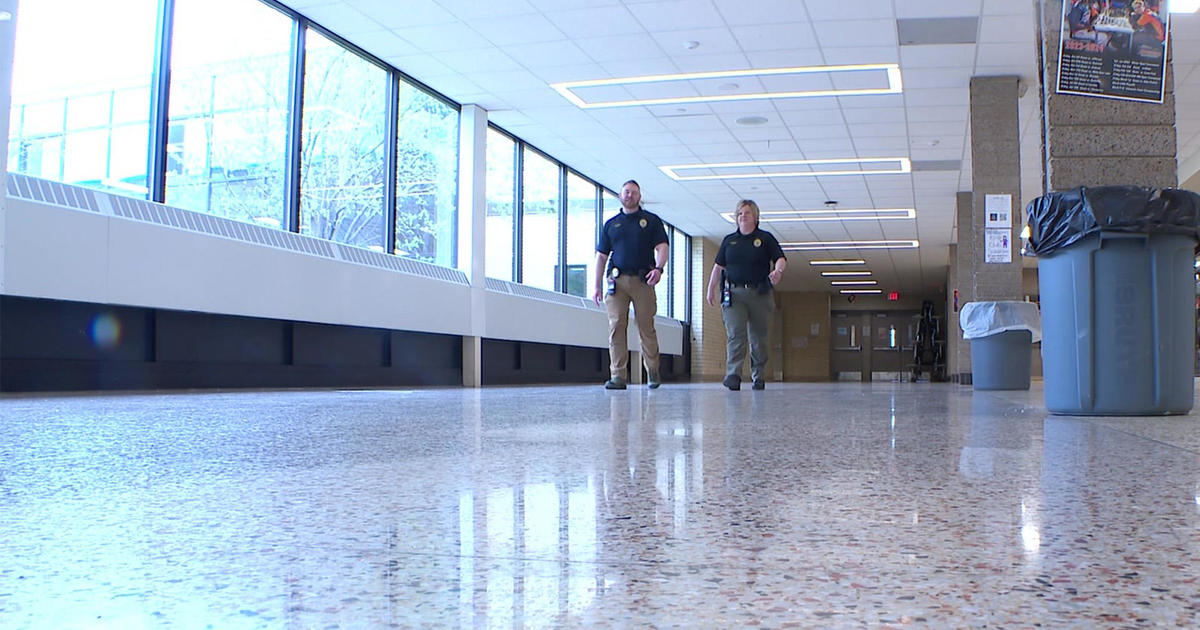New Law Limits What Minnesota Bounty Hunters Can Wear, Drive
ST. PAUL, Minn. (AP) — A YouTube video shows bounty hunter Stew Peters hot on the chase, weapon drawn as he joins police in apprehending a man with outstanding warrants. Facebook and Twitter photos depict Peters in a dark uniform with a gun belt, bulletproof vest and badge. Some pictures show suspects he's rounded up, handcuffed in the back of an SUV marked with his company name and a K-9 warning.
Peters views himself as an important cog in bringing bail-jumpers to justice. But some in Minnesota law enforcement cringe at his tactics, apparel and demeanor that they believe suggest he is a sworn officer. And a new state law passed this month with little public airing is aimed mostly at curtailing Peters.
The law forbids bail bondsmen, also known as bounty hunters, from using certain-colored uniforms or vehicles with emblems that the public might mistake for law enforcement. Peters, who runs US Fugitive Recovery and Extradition that works with a dozen bail firms, learned of it only after the fact. While he intends to abide, Peters is fuming.
"We don't represent ourselves as cops. We don't say we're cops. We're proudly bounty hunters," Peters said, defending the attire he and other company agents wear as critical to their safety when chasing down fugitives. "This isn't a hobby. This isn't something I do for fun. I don't go out to play cops and robbers."
California, Connecticut, Georgia and West Virginia also have laws limiting attire or insignia of bounty hunters, according to the trade group Bounty Hunter for Hire.
Goodhue County Sheriff Scott McNurlin, among those who contacted a legislator seeking the Minnesota restrictions, previously approached Peters about the way he operates and about calls from residents wondering about company agents knocking on their doors or parked on their streets.
"Anybody would think this guy is a cop," McNurlin said. "He's very much crowding or blurring the line with impersonating."
McNurlin said his concerns have grown as he's seen videos of Peters pointing a weapon or threatening suspects with use of a stun gun if they don't cooperate. "He's trying to take it to the next level like Dog the Bounty Hunter," the sheriff said, referring to the canceled TV show about a colorful bail bondsman.
Peters denies he's angling for a reality show and says his team uses body cameras for accountability. He said the company follows training protocols and abides by strict policies on the use of force.
The new restrictions originated not with a bill vetted by legislative committees but as a provision added to a larger criminal justice bill. Sen. Matt Schmit, a Red Wing Democrat who made the amendment, said he was worried about giving Peters "undue attention."
"We don't want to leave an opening for the public to be fooled or confused," Schmit said of the law's intent.
The Minnesota Professional Bail Bonds Association wasn't involved in crafting the law, and knew little of it until contacted by The Associated Press. Still, group president Kurt Schienbein said he supports the intention because he's worried about a "Wild West" image of some affecting the overall industry. And Schienbein said many agents are leery of being perceived as law enforcement as they pursue bail jumpers.
"When I go pick someone up I don't want anything marked on my car. I wear plain street clothes," he said. "I don't want them to see me coming."
Peters is annoyed by how the law was enacted and scoffs at its premise.
"If the concern is that the everyday Joe is going to mistake one of our squad cars as a law enforcement vehicle, my question is 'So what?'" Peters said, adding, "In today's climate of law enforcement there are two sides, the good guys and the bad guys. We're the good guys."
(© Copyright 2015 The Associated Press. All Rights Reserved. This material may not be published, broadcast, rewritten or redistributed.)



